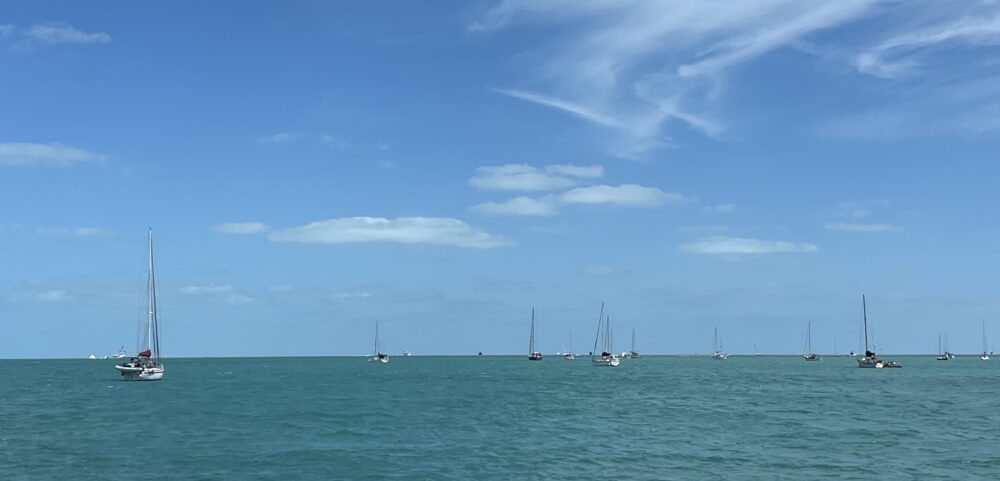Our future depends on the ocean—even for those of us who live far from its shores. A new report from the National Academies of Sciences, Forecasting the Ocean: The 2025-2035 Decade of Ocean Science, outlines a vision for better understanding and predicting ocean changes that affect us all. It delivers a grand challenge: improving our ability to forecast climate-related oceanic changes, extreme events, and ecosystem resilience. This Decadal Survey report, developed with insights from scientists and ocean communities, will help guide the National Science Foundation’s investments in ocean science for the next decade.
What happens in the ocean doesn’t just stay in the ocean. Even hundreds of miles from the coast,
these predictive capabilities will directly support our inland communities.
Fortunately for us land dwellers, around 30 percent of emitted carbon dioxide and 90 percent of
greenhouse heating is currently absorbed by the ocean. But this storage capacity will likely decline as carbon emissions continue to grow. How that unfolds will affect the speed of ice sheet melt and how our acidic our ocean becomes- a threat to many marine species. Heat accumulation and circulation in the ocean also influence weather and climate in distant locations, such as precipitation patterns that impact agriculture and water availability around the world.
Similarly, many extreme events- severe floods, droughts, heatwaves, and even earthquakes, are linked to ocean and seafloor processes. We need more data and deeper understanding of these processes to enable better forecasts and planning.
From the smallest bacterium to the largest whale, marine life is a vast and interconnected web shaped by millions of years of evolution, and its richness is a source of wonder and beauty. Ecosystems are reorganizing in complex ways due to our many interactions with the ocean. We’re heating it up, pumping in nutrients from agricultural runoff, throwing in pollutants, and yes, we’re setting aside many areas for conservation as well. If we better understand how species are moving and evolving alongside natural and human-caused changes, we can improve ecosystem forecasting. Improved ecosystem forecasting can support sustainable fisheries and help us adaptively manage the preservation of life for nature’s own invaluable sake.
To do this science, we must draw on both traditional resources and those newly evolving. This includes ships and artificial intelligence, satellites and local and indigenous knowledge. We need many tools, peoples, and industries connected and engaged, thoughtfully and responsibly. The recommendations outlined in Forecasting the Ocean remind us that no matter where we live, we’re all connected to the ocean—and we all have a stake in its future.
By supporting ocean science, we can strengthen our ability to predict and adapt to changes that impact our communities, economy, and environment. Let’s make sure our policymakers keep ocean research a priority. Encourage your members of Congress to maintain funding for the National Science Foundation’s ocean science programs.
Read the full report or highlights here: https://nap.nationalacademies.org/catalog/27846/forecasting-the-ocean-the-2025-2035-decade-of-ocean-science

Shannon Valley is a 2020 alumna of the Inland Ocean Ambassador program. She is a co-author of Forecasting the Ocean, The 2025-2035 Decade of Ocean Science. Thoughts presented here are her own.

